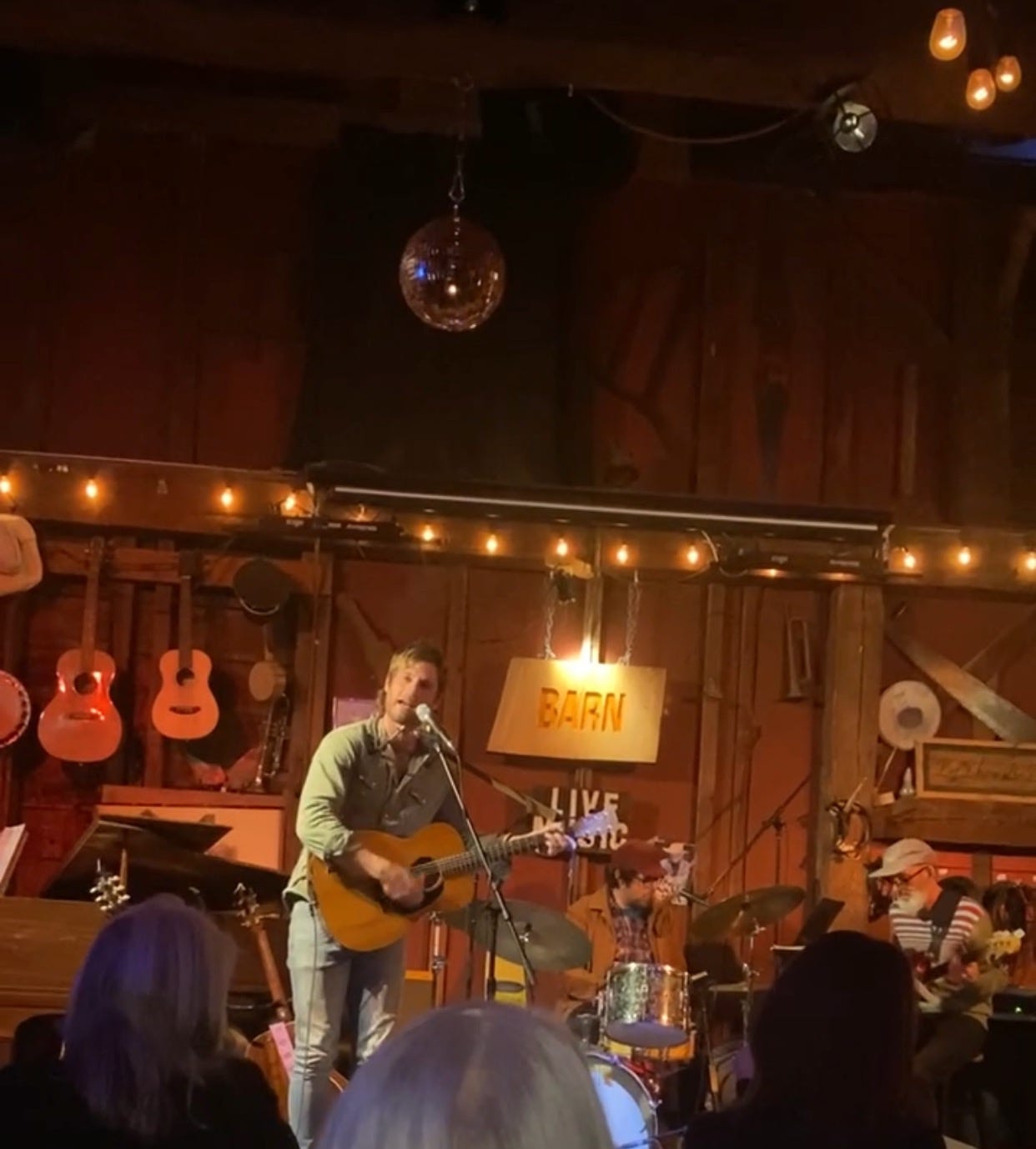What’s a Beaver Moon? I had the same question
Native Americans named November's supermoon for a mysterious rodent that shaped North America and now may help protect it from climate change
We were driving home shortly after dusk the other evening and straight ahead was one of the largest moons I’d ever seen. It was low in the sky, peeking between the white pines and barren maples, a pristine white orb glowing low on the darkening horizon.
It was a Beaver Moon, a name I had never heard until the following night when I attended a fabulous rendition of Neil Young’s Harvest album by a talented singer-songwriter named Billy Keane and his band called the Waking Dream. The concert was at the Egremont Barn, an intimate, throwback kind of spot where you can hear good music and enjoy the company of friends or family over a beer and a burger, veggie or beef. There was a lot of good-natured give and take between Keane and the audience and at one point someone, I’m not sure why exactly, shouted “We have a Beaver Moon!” Keane replied, “What the f— is a Beaver Moon?”
Which led us to Google later that night after having enjoyed a second drive highlighted by this gorgeous moon. It was a little bit higher in the sky, it being a few hours later than the night before, and it bathed the Berkshires landscape in moonshadow, making it glow. When we got home the moon was just rising over the mountain that runs up from the back of our house.
The Beaver Moon, it turns out, was the last of four consecutive supermoons this year that began with the Blue Moon in August followed by the Harvest Moon in September and the Hunter’s Moon In October. Supermoons occur when the moon is both full and at the part of its orbit that is closest to Earth. This month’s Beaver Moon was 224,853 miles away at its fullest on Nov. 15, according to earthsky.org, and was 6.2 percent larger and 12.8 percent brighter than the average full moon in 2024. This is similar to the size difference between a nickel and a quarter, according to the Old Farmer’s Almanac.
Anyway, while I’d certainly heard of a Harvest Moon, and not just because of Neil Young, and a Hunter’s Moon, a Beaver Moon was a new one, at least to me. It struck a chord, though, partly because of a book I read a few months ago called Beaverland: How One Weird Rodent Made America. It’s by Leila Philip, a writer and author who teaches in the environmental studies program at Holy Cross in Massachusetts.
It’s a fascinating account of this shy and mysterious rodent that we all grew up knowing about because of its dams but few of us ever actually saw let alone understood. In ways I never knew until reading Philip’s book, beavers and their industrious dam building have played an outsized role in shaping the geography and, in no stretch of the imagination, history of North America. Beavers were prized mostly for their thick, winter-hardy pelts in the 18th century, a status that helped shape trade relationships between North America and Europe. Nowadays, they’re mostly viewed as a nuisance at best because their handiwork diverts streams and creates marshes, ponds and lakes where humans do not want them.
It seems beavers are mostly misunderstood and certainly underappreciated. As Philip explains, these creatures and their dams may provide a key to mitigating one of the more visible impacts of global warming, namely the increased scale of river flooding from excessive rainfall. Some communities are already putting beavers to use for this purpose, encouraging beaver dams that help slow the flow of rivers and create natural marshlands that can absorb excess water in periods of heavy rain.
“For better or worse, beavers, like humans, have an inordinate impact on their environment,” Philip says. “Many animals use tools and are important to biodiversity, but only beavers and humans alter the landscape to create the environment they need (or want).”
There’s a beautiful 300-acre expanse of meadows and woods in our town called the Goodnow Preserve, a wonderful hiking spot with meandering trails that dip above and along the Konkapot River. It’s maintained by the New Marlborough Land Trust, of which I recently became a board member, and its latest residents are one or more beavers. They’ve already begun building and transforming a corner of a field into what may become a small wetland.
I’m looking forward to watching their handiwork.
Getting back to the Beaver Moon. According to the Old Farmer’s Almanac, the name dates to Native and Colonial American folklore that commonly assigned names to the moons throughout the calendar year. The November moon apparently became known as the Beaver Moon because it was the time of year when beavers took shelter in their lodges for the winter. The Almanac says it also marked the season to trap beavers for their pelts.
Native Americans assigned other names to this month’s moon, many related to the activities of animals with the approach of winter, according to the Farmer’s Almanac. The Tlingit indigenous peoples in the U.S. Northwest called in the Digging or Scratching Moon, evoking the image of animals foraging for nuts or foliage from trees. The Dakota and Lakota people called it the Deer Rutting Moon for the time when deer seek to mate. The Algonquin referred to it as the Whitefish Moon to describe the spawning time for fish. It’s also been known as the Frost Moon (by the Cree and Anishinaabe) and Freezing Moon.
If you’re interested, we’ll have three full supermoons in a row next year – on Oct. 7, Nov. 5 and Dec. 4, according to earthsky.org – followed by a fourth consecutive supermoon in January 2026.






We love our Moon River painting!
Thank you for this lovely post about beavers, the Beaver Moon, and Katie's beautiful painting. While researching beavers for a picture book, I came across this story about urban beavers that I thought might interest you. It's the tale of a small California city that first explored ways to eliminate, later voted to accommodate, and eventually created a festival to celebrate the beavers who'd moved into its downtown : https://martinezbeavers.org/about-2/